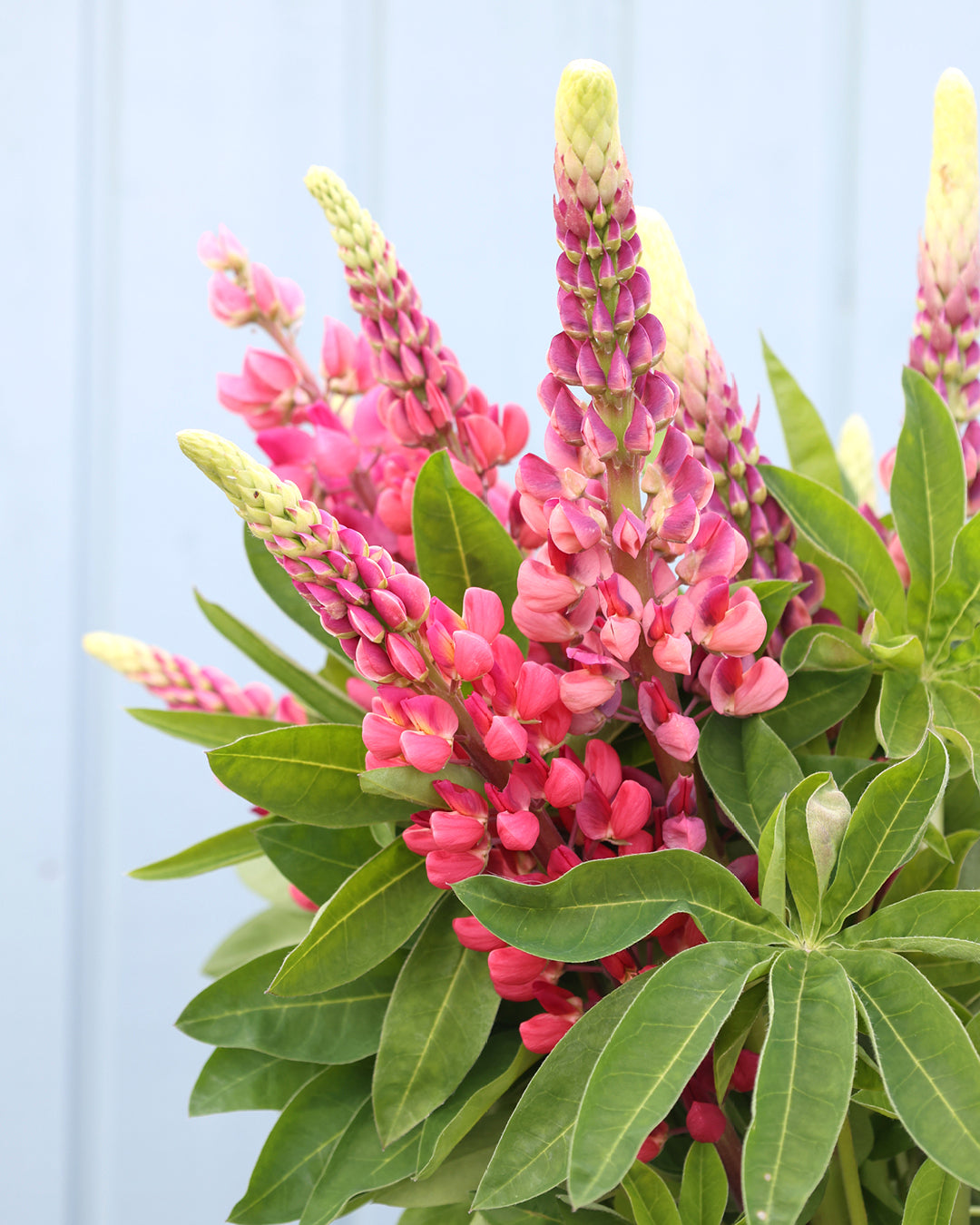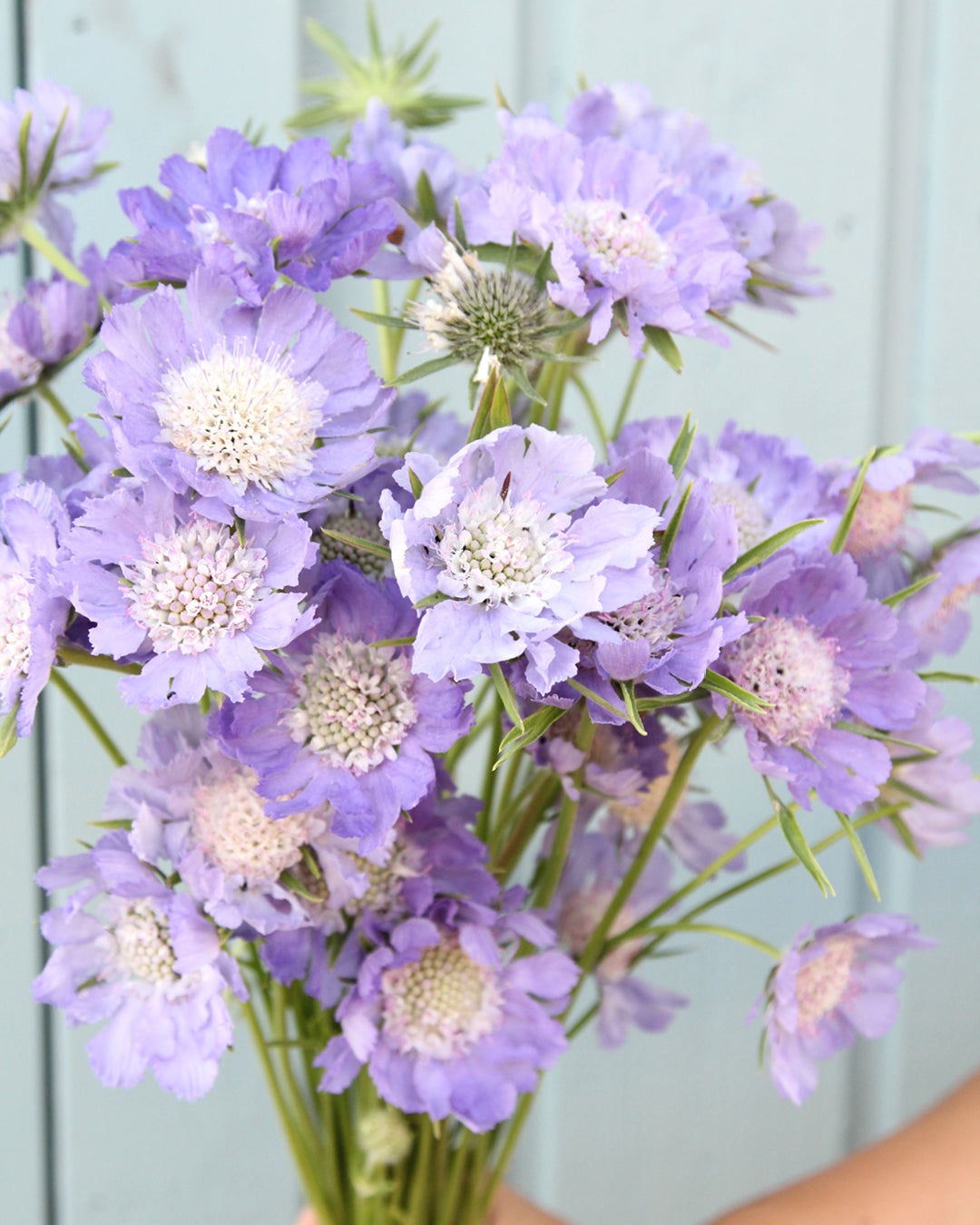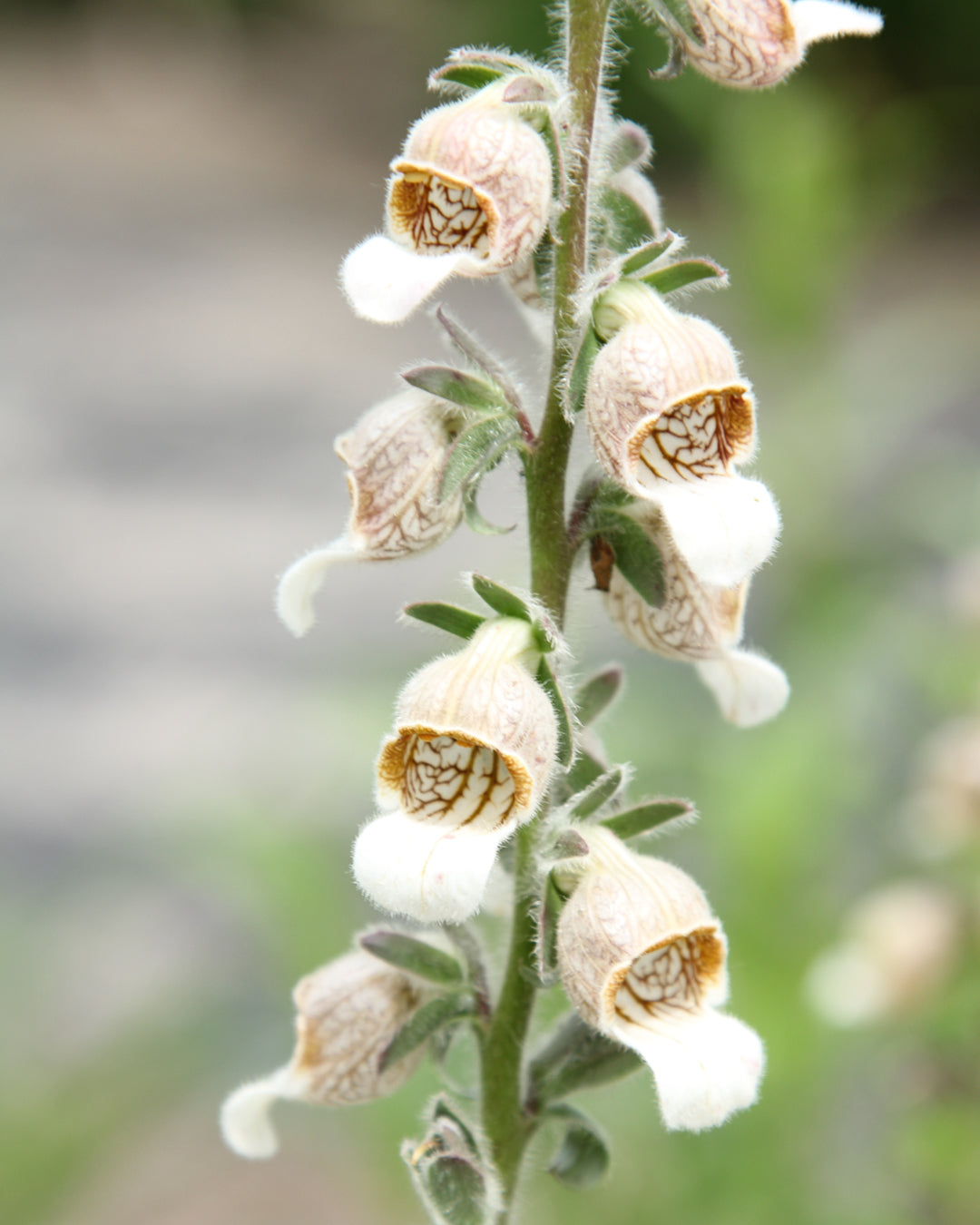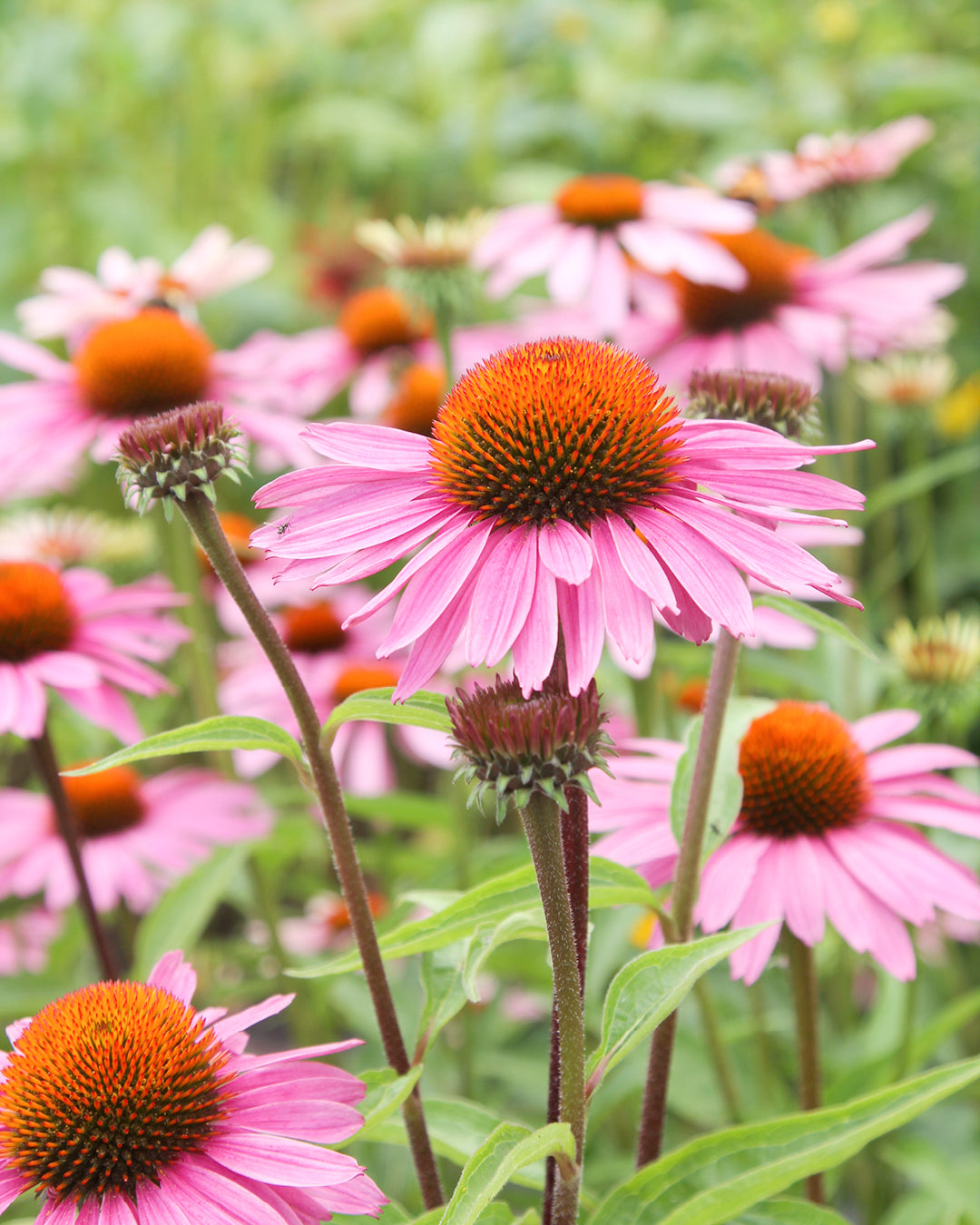Color and shape contrasts in the perennial bed
"Opposites attract" – as the saying goes. Day is followed by night, rain is followed by sun, light and shadow alternate. The world thrives on opposites that together form a harmonious whole.
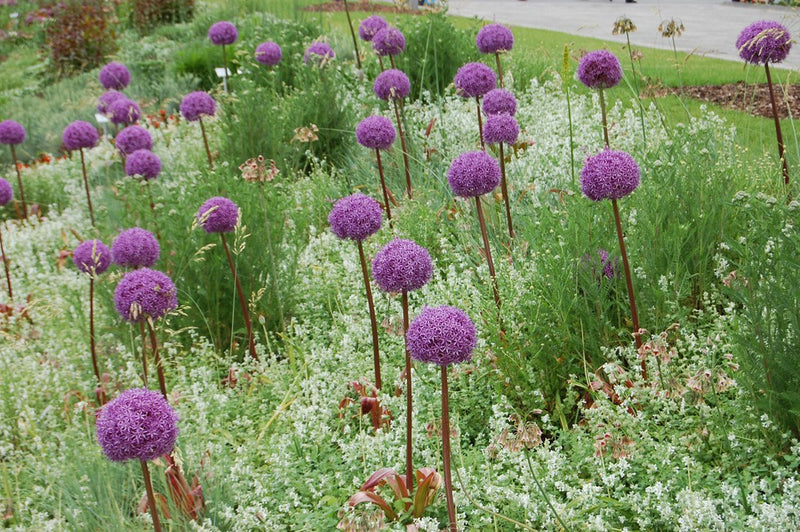
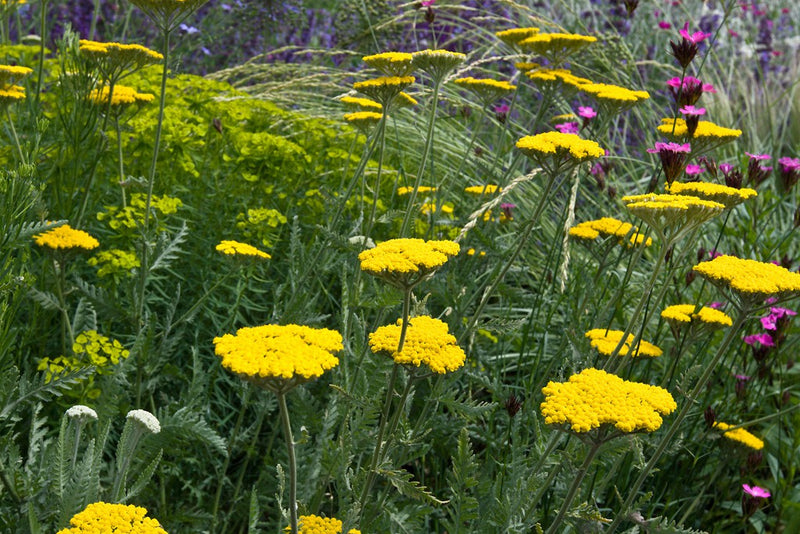
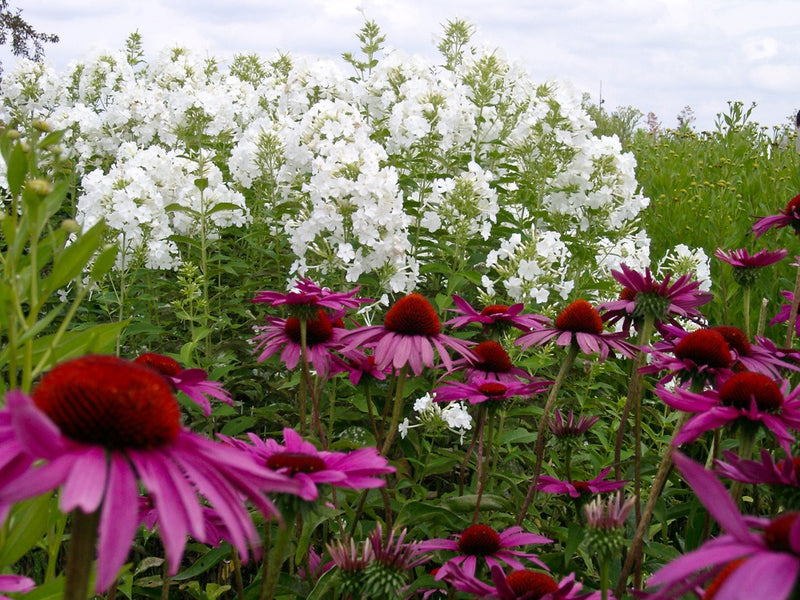
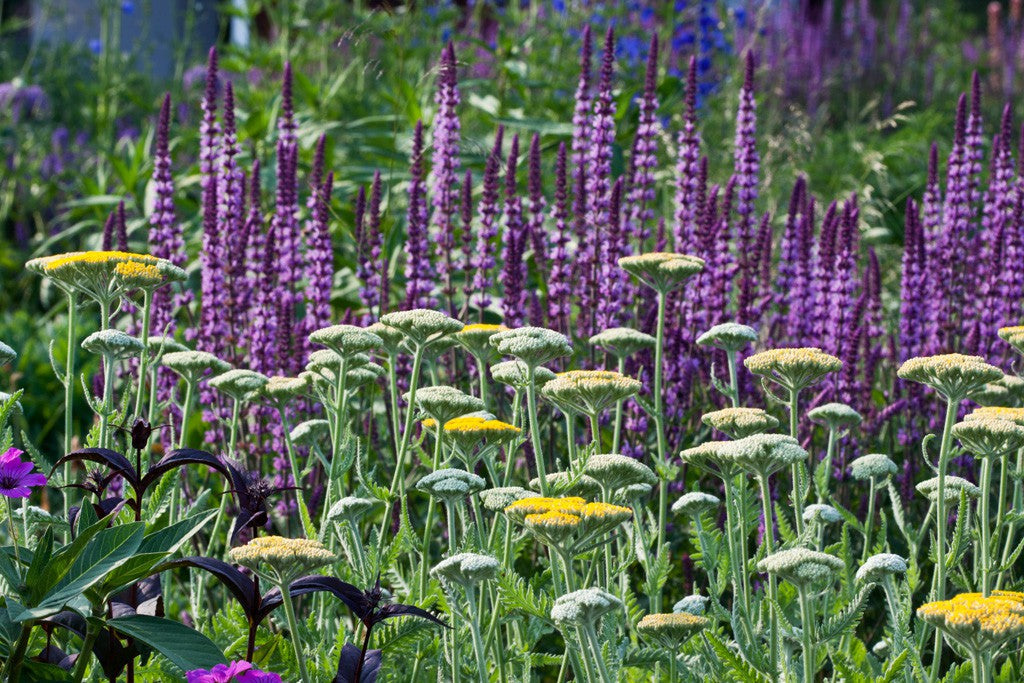
Design with contrasts
Contrasts can also create great effects in garden design. Spherical or plate-shaped, floating flowers meet tightly upright plants. Yellow flowers shine even more vibrantly when combined with violet-flowering plants, explains Anja Maubach, a graduate engineer and landscape gardener. The great-granddaughter of the famous garden designer Georg Arends, has been studying the effects of various design elements and the interplay of different perennials for years. She owns the traditional Arends-Maubach perennial nursery in Wuppertal and gives us a brief insight into her philosophy. Below, she shares expert tips for a successful, contrast-rich design.
It all starts with planning
There are no magic formulas for successful planting, says Maubach. A planting should be individual and suited to both the location and the owner. Therefore, it is important to consider at the beginning which location factors exist, what color or structural preferences one has, and what spatial effect one wants to achieve. The bed should be in harmony with the garden owner and their needs. Maubach advises: "Create a plan and ask yourself: What do I want to express? What suits me? You should feel comfortable with your planting," says the expert. A good perennial bed size is 2 m x 10 m – this allows for great 'plant pictures' to be created, explains Maubach. "In my seminars, we see a new bed as a canvas that we 'paint' with plants and create a floral picture. An exciting, challenging undertaking in which the location requirements of the perennials should also be taken into account. Color and shape contrasts within the planting always play an important role."
Of divas and choir singers who bring structure to the flowerbed
"Structures are most important to me," says Maubach, describing her approach. Structures can be found in the different growth forms, as well as in leaves and flowers. They contribute to a planting being attractive almost all year round. In winter, grasses such as Chinese silver grass (Miscanthus), spurge (Euphorbia), inflorescences of yarrow (Achillea) or sedum (Sedum telephium) provide support and a basic framework for a planting. Throughout the year, particularly attractive contrasts can be created through different forms, when upright plants meet rounded foliage, or candle-shaped flowers meet saucer-shaped flowers. "I try to explain to people the characteristics of the individual plants in a bed," explains Maubach. There are, for example, divas that need their solo performance, like delphiniums (Delphinium) or ornamental onion (Allium). But it would be boring if we planted a bunch of divas next to each other, as this would diminish their impact. So we need a decent choir, which is what plants like geraniums (Geranium), sage (Salvia) or bluebells (Campanula), which achieve their effect through quantity and support and even enhance the appearance of the divas through a different growth habit or different flower colors. "Contrast requires suitable partners that enhance their impact and thus create the desired effect," summarizes the perennial enthusiast.
Plants with an “instant effect”
For particularly impatient gardeners, Maubach has some plants with an "instant effect." These are perennials whose growth, leaves, or flowers are particularly effective in the garden. Dewdrop grass (Sporobolus heterolepis) is one such example. "With its fragrant form, I like to use it as a soft focus in beds," reports the garden planner. Combining it with the flat, saucer-shaped flowers of the stonecrop (Sedum telephium hybrids), you immediately have a special eye-catcher in your flowerbed. The same applies to angel hair (Stipa tenuifolia). The overhanging, delicate appearance is enhanced, for example, by the contrast with the round flowers of geraniums (Geranium) is further enhanced. The arching, spreading moor grass (Molinia) forms with the yellow flower points of the coneflower (Rudbeckia fulg. var. deamii) attractive contrasts. Maubach also likes to work with drifts, which are groups of perennials planted with a curved brushstroke, which flow seamlessly into one another. "Design here with different structures, such as upright astilbe (Astilbes) combined with large-leaved Hostas, which adds an additional charm," says Maubach. As permanently beautiful, evergreen plants with a great leaf structure, Maubach likes to use Bergenias (Bergenia). The variety 'Abendglocken', for example, offers dark red blossoms in spring, year-round evergreen leaves and a bright red autumn color. This is complemented by the Masterwort (Astrantia major), which lets its fairy-like blossoms dance gracefully above its compact companions. The loose umbels of the autumn aster (Aster divaricatus) are well suited as contrasting partners to Bergenias.
Quantity is what counts
"Don't be afraid to plant larger quantities of one variety," explains Maubach. To achieve a noticeable effect, you simply need quantity. For Maubach, quantities start with at least three plants. Six or nine plants of one variety are better. "The 'choir plants' in particular only have their full effect when planted across a large area," says Maubach. 'Plant divas' can also add individual accents to the bed with different shapes or colors. Maubach sees a good ratio as one-third grasses, one-third soloists, and one-third choir plants—but this is also only a guideline! "Listen to your inner voice and your needs. A planting must suit you and appeal to you," encourages the gardening expert.
Now it’s getting colorful – using the color wheel and its insights
"With colors, you can achieve wonderful effects in a perennial bed," enthuses the garden designer. The color wheel provides information about the effect of colors; all the colors of the rainbow are arranged on it. Starting with the three primary colors yellow, red, and blue, their respective mixed colors lie in between. The shades from yellow to red are called 'warm' colors; they are perceived as cheerful and stimulating; the shades from blue to green are called 'cool' colors, which have a more calming effect and expand the scene. The colors opposite each other on the color wheel are called complementary colors. They contrast with each other in the greatest possible way, such as yellow and blue. Golden yarrow (Achillea) and ultramarine delphinium (Delphinium), for example, create this special contrast that makes the yellow appear even brighter. Red and green are also colors with the greatest possible contrast, like bright red poppies (Papaver) over lush green foliage. Using complementary colors in a planting creates strong contrasts. "These can be used very deliberately," says Maubach, "but they should be carefully measured so that the planting doesn't become too busy."
TEXT: GMH/BdS

